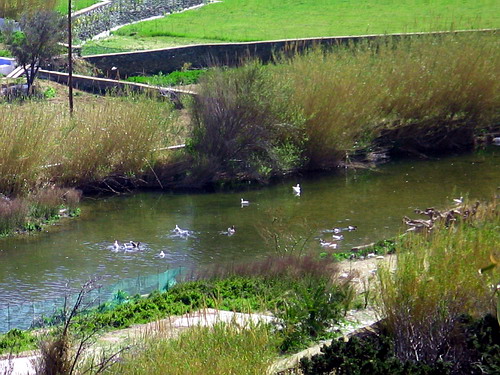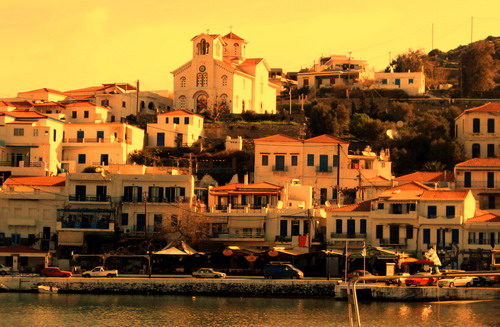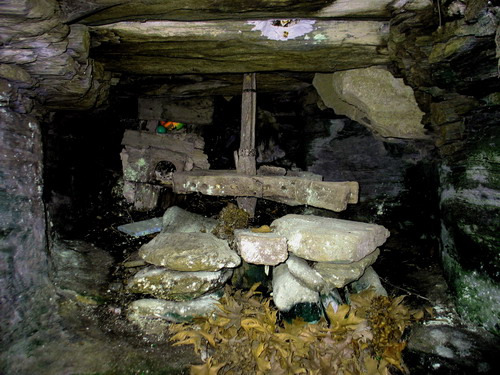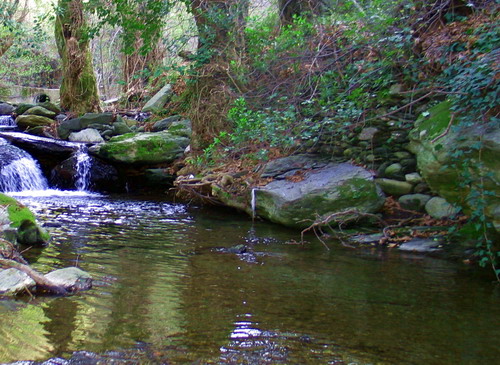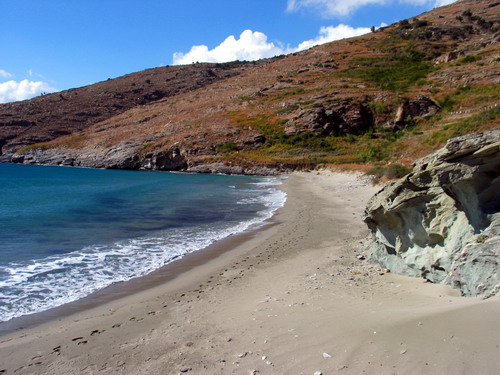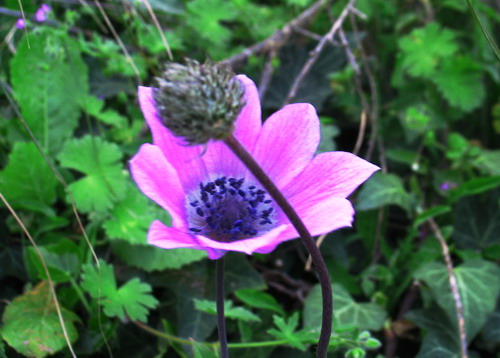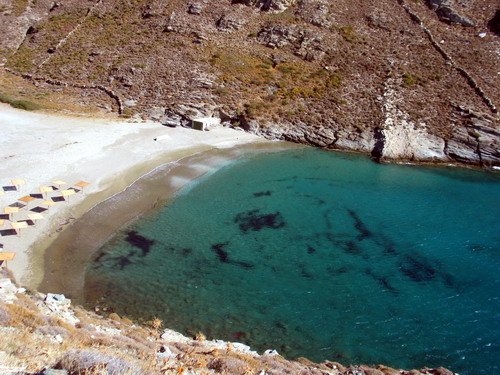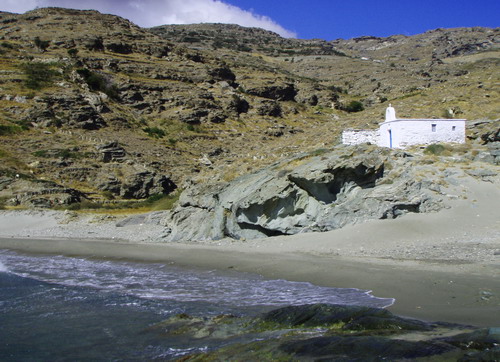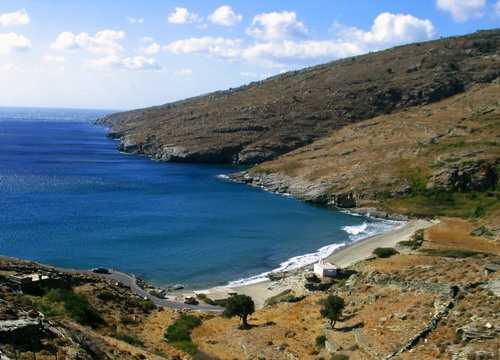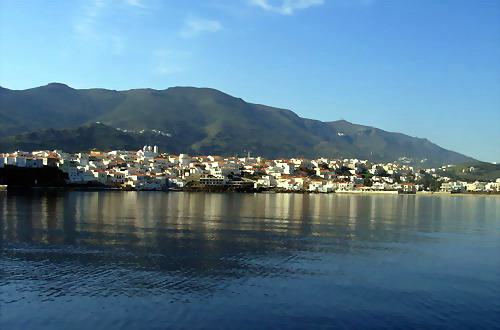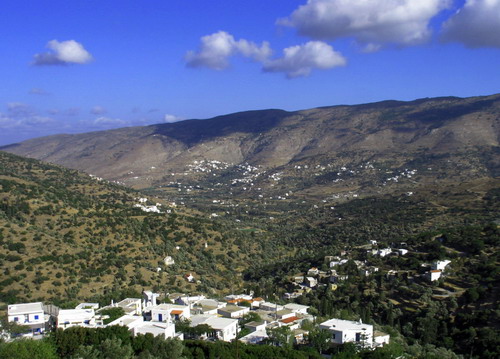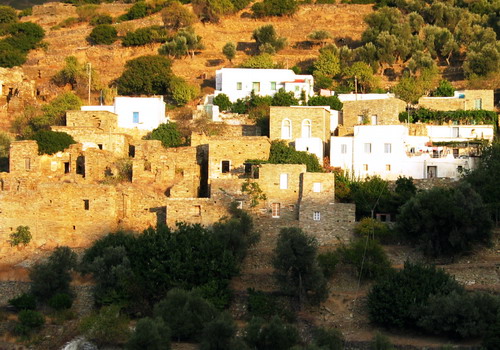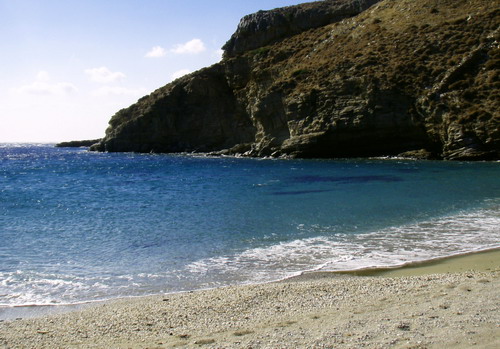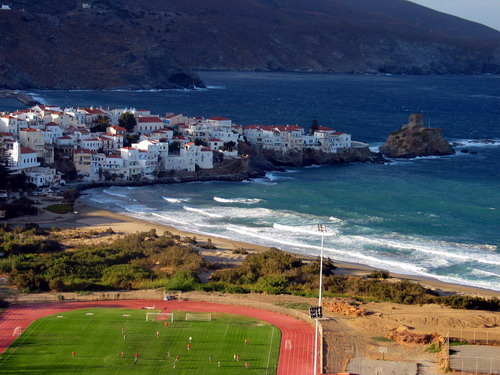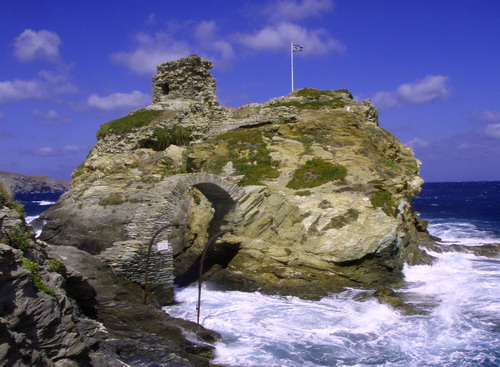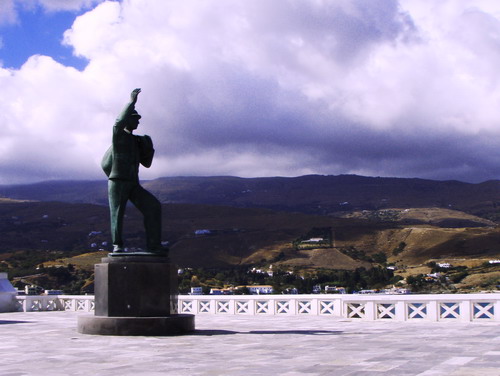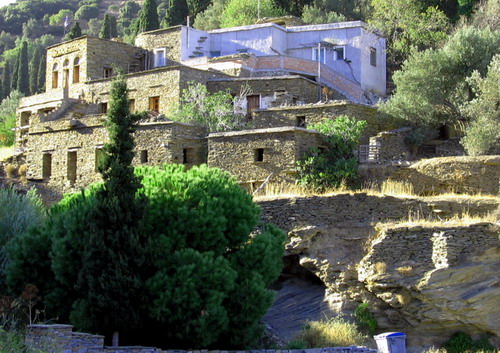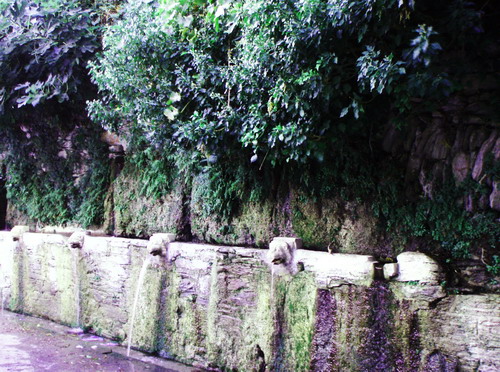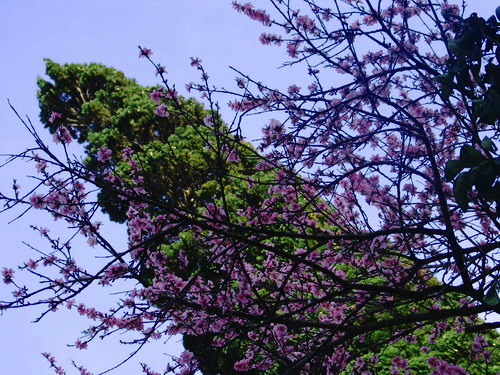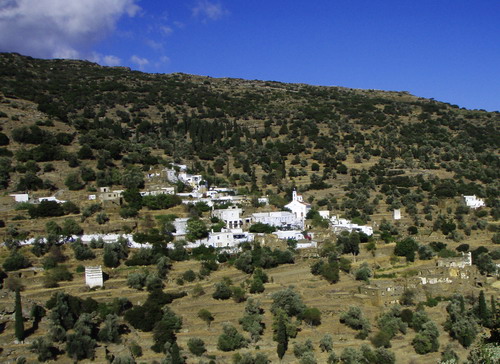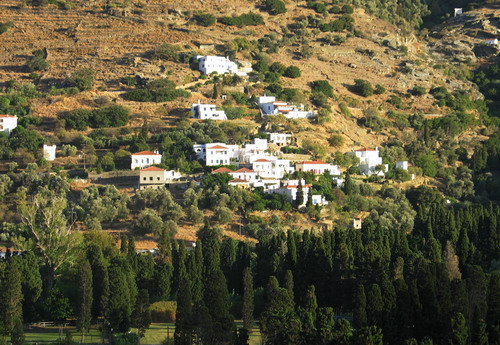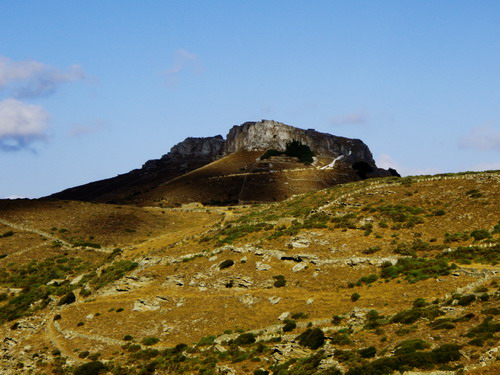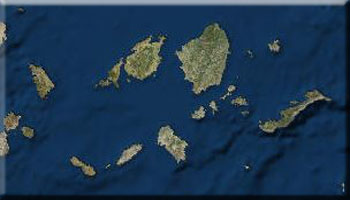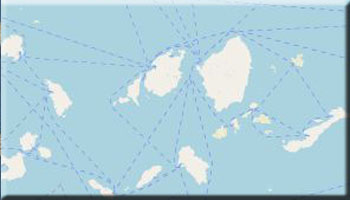Ayios Petros Tower at Ano Ayios Petros. Cylindrical tower, built from slate. The tower sits on a 9.40-meter diameter base and extends to 20 meters. It's believed to date from the fourth or third centuries B.C. or even the Mycenaean period.
Makrotantalos Tower. The structure is also sometimes referred to as the Castle of Ostodosia. It's a typical example of Venetian defensive architecture on the island. The tower is located at the rocky end of Pyrgos beach on the northern tip of the island's western coast.
Vryokastro at Varidi. Sections of the island's fortifications are preserved here. The walls protected inhabitants from raids.
Kastellaki at Gides. Small fortifications opposite the Kalokairini settlement.
Fryktoria in the Ayia Marina area at Makrotantalos. Tower used to relay messages across the Aegean; only a section of its base is preserved.
Monastery of Zoodohos Piyi. The Monastery of Zoodohos Piyi (Life - Giving Source), also known as Moni Ayias, is located at Kapsorahi along the route linking Batsi to Gavrio. It's one of the oldest monasteries in the Cyclades.
Byzantine - era Monastery of Sotiros in the Vitali district
Archaeological site of Palaiopolis. Excavations initiated in 1830 uncovered, two years later, the Hermes of Andros - a headless female sculpture removed to the National Archaeological Museum in Athens.
Archaeological Museum of Palaiopolis: the museum has interesting finds from sites around the island.
Ancient Zagora. The ancient settlement of Zagora is located on a remote mountain plain, about 160 meters above sea level, on the Zagora peninsula.
Ypsili Archaeological Site (also known as Aprovatou). Excavations have unearthed ruins of an ancient settlement and a fortified acropolis with an Archaic temple.
Apoikia and the Sariza mineral springs.
Apatouria village, with its arched stone bridges, rustic cottages, and lush Pythara ravine.
Stenies village, home to the island's sea captains, with picturesque alleys winding around homes; note the communal laundry, old pasta factory, and the biggest watermill in the Balkans.
Mesaria, the financial and trade center of the island under Byzantine rule; note the church of Archangel Michael.
Lamyra, a verdant village known for its streams and springs.
The Byzantine-era monasteries of Panachrantou and Ayios Nikolaos; the former perches on Mount Katafiyi and the latter is near Achla beach.
The Foros cave in Mesaria's Aladinou district.
Faneromeni Castle in the Korthi district; it was built during the Middle Ages for locals to take shelter during pirate raids.
Dipotamata, a pretty valley that extends for seven kilometers in the northeastern area of the island, between Syneti, Palaiokastro, and Kochylou.
Dovecotes around the island, but mainly around Dimos, are unique examples of vernacular architecture.
The church of Ayia Triada (Holy Trinity) at Korthi, which housed the first pre -independence school on the island. The church houses a number of rare relics and manuscripts.
The Byzantine-era churches of Ayios Ioannis Theologos and Ayios Nikolaos at Korthi and Ayios Georgios at Farali, along the secondary route to Kapparia.
Watermills, especially around Korthi, where over 40 watermills have been preserved near Dipotamata as well as at Aidonia, Vouni, and Piso Meria.
The Archaeological Museum in Andros Town (Hora).
The Museum of Traditional Arts and Byzantine Icons in Andros Town (Hora).

